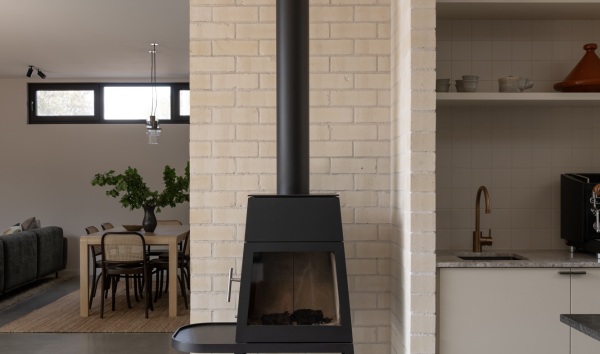In theory, thermal mass is reasonably straightforward: most materials absorb heat, but some absorb more and retain it better than others. The density of the material has a lot to do with it, and materials with a high density tend to have a better ability to store heat.
When used in the construction of a home, materials with a high thermal mass help to stabilise indoor temperatures. Think about the old homes you’ve been in. The older buildings, with the wooden walls and floorboards, as well as often being draughty, have felt cold. This is because while the wood absorbs heat, it releases it quite fast.
Conversely, homes made from brick or concrete are more robust, and the walls and floors retain warmth that they’ve absorbed during the day, slowly releasing it throughout the evening and night.
It’s not just for warming, though. Thermal mass can also help to improve the cooling qualities of a building.
Thermal mass works to absorb heat. So if a material used in building a home, like a concrete slab for the floor, doesn’t receive any direct heat (for example, if it’s shaded from direct sunlight) then it will absorb warmth from inside the home—and in this instance, help to remove excess heat from your rooms.
However, it’s vital that these materials are used in the most effective way to achieve this.
